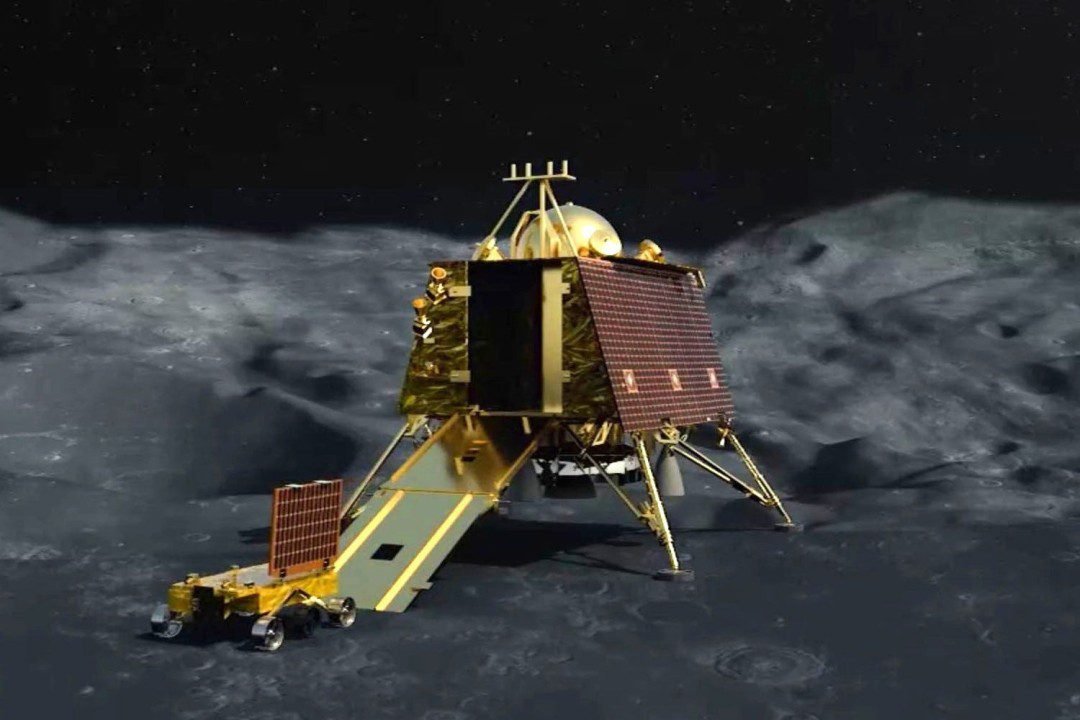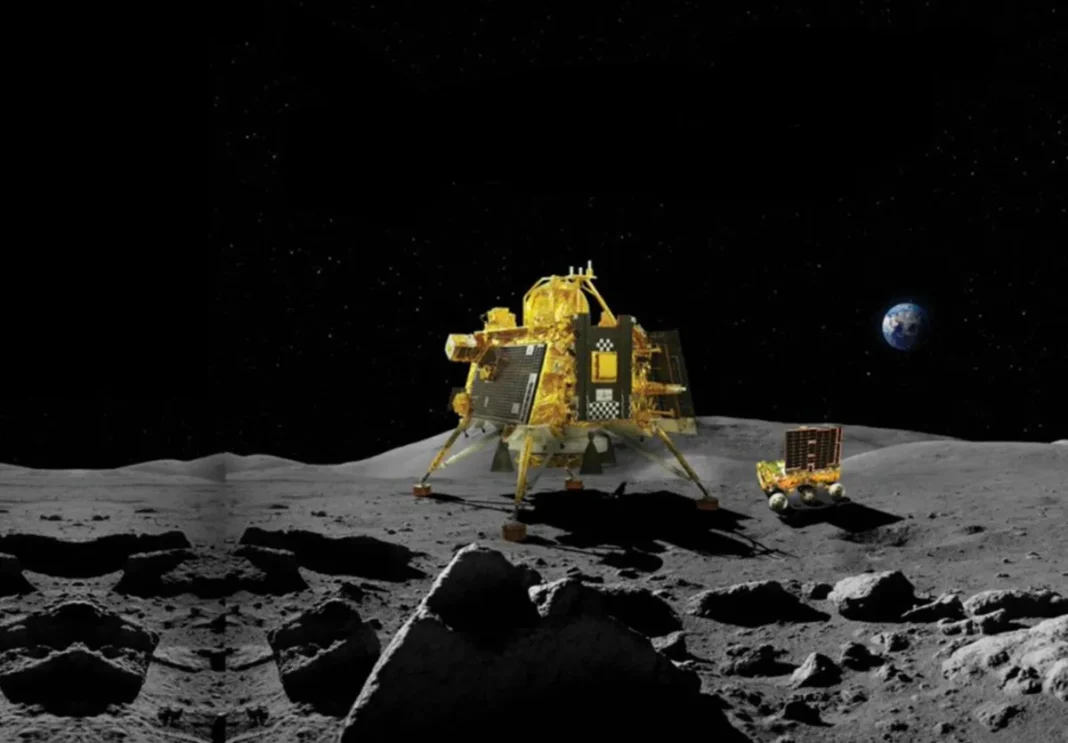Delhi, 24 August 2023(TDI): A day after India made history by achieving the first-ever soft landing near the Moon’s south pole, the country’s lunar rover took its initial steps on the lunar surface.
The rover, part of the Chandrayaan-3 mission, descended from the lander, marking India’s historic lunar exploration milestone.
The Vikram lander successfully landed as planned on Wednesday evening, propelling India into an exclusive group of nations that have achieved soft landings on the Moon, including the United States, the former Soviet Union, and China.
The 26kg rover, named Pragyaan, was transported to the Moon within the Vikram lander. After the dust settled from the previous evening’s landing, panels on the lander opened to create a ramp for Pragyaan to glide down to the lunar surface.
The rover’s mission now involves traversing the Moon’s terrain, collecting vital data and images for transmission back to Earth for analysis.
Also Read: Brazilian Space Agency Delegation Meets NASA Official
Pragyaan carries two scientific instruments designed to identify lunar surface minerals and study soil chemical composition.
It communicates exclusively with the lander, which relays information to the Chandrayaan-2 orbiter still orbiting the Moon, facilitating data transfer to Earth for analysis.
The Indian Space Research Organisation (ISRO) has specified that the rover will move at a speed of 1cm per second, and its wheels will imprint ISRO’s logo and emblem on the Moon’s surface with each step.
This lunar day, which lasts over four weeks on Earth, provides 14 days of sunlight for the lander and rover to charge their batteries. However, their functionality during the lunar night remains uncertain.

The lander also carries various scientific instruments to study the Moon’s surface and subsurface.
A primary objective of Chandrayaan-3 is to investigate the presence of water in the permanently shadowed craters of the Moon’s south pole, which could be valuable for future lunar habitation and spacecraft propellant.
The successful landing was a moment of national celebration, with Prime Minister Narendra Modi noting that “India is now on the Moon” and that the nation had reached unprecedented heights.
This achievement came shortly after Russia’s Luna-25 spacecraft experienced difficulties and crashed on the Moon, highlighting the challenging terrain of the lunar south pole.
India’s previous lunar mission in 2019 faced setbacks, with the lander and rover being destroyed while the orbiter continued to orbit the Moon and relay data to Earth.
India’s achievement adds to the global interest in lunar exploration, with numerous missions planned for the Moon in the near future. The Moon remains a focal point for scientific exploration, often seen as a gateway to deeper space.
Iffat Masood is Contributor and Content writer on THE DIPLOMATIC INSIGHT, and also Ambassador from IAMCR. She is perusing her PhD. from UAB Barcelona, Spain in Audio-Video Communications and Advertising.








